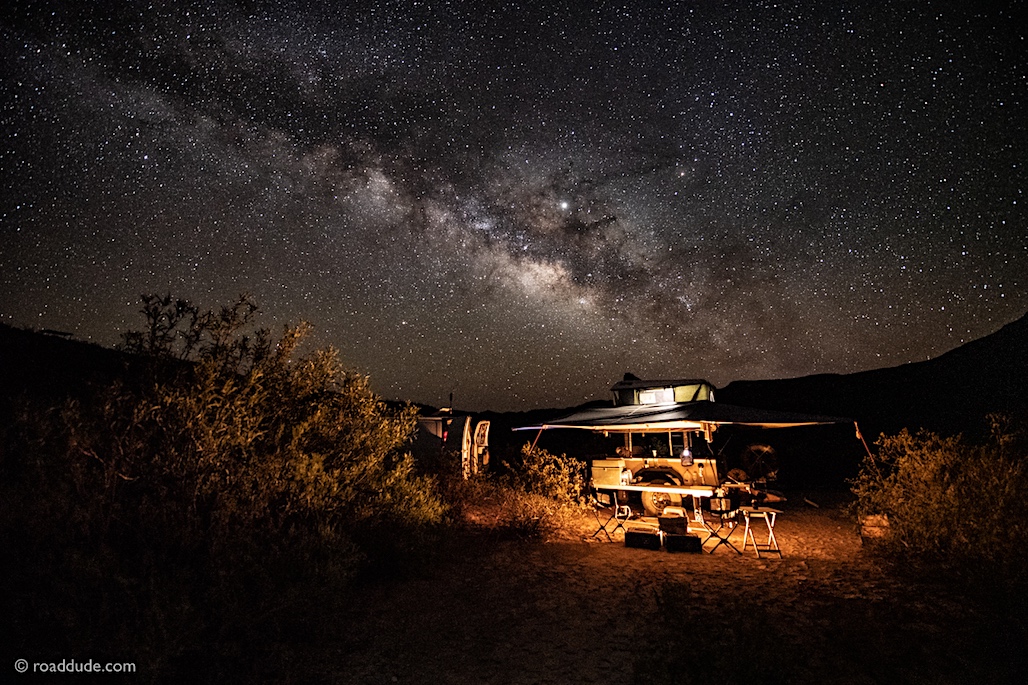Apologies for going so far off topic with the last post. To bring it back around, I recently got a Wilco Hitchgate Solo high-mount spare wheel carrier since my new bigger spare won’t fit underneath the cargo tray without modifications. I also got the dual Rotopax mount so I can fit two Rotopax cans between the spare tire and lift gate. Now you guys have me worried about their durability.
My intended usage for these is off-road excursions to desert hot springs. Since 100 degree temperatures and blazing sun are regular occurrences on those trips, I wouldn’t want expansion to burst a fuel carrier. That’s especially worrisome since the mounting position puts them close to my Forester XT’s dual exhaust (I have the Mann Engineering cat-back exhaust that juts out a little further than stock). I wouldn’t want to accidentally douse the backside with gas that could be ignited by the hot muffler tips.
Is there any way to make the Rotopax gas cans less likely to expand and pop a seam weld? Should I drill a hole and add a rubber plug on top that could act as a relief valve if need be? Should I plan on unscrewing the cap enough to relieve pressure on hot days when the sun is blazing? Is there an off-the-shelf solution to this problem, like one-way valves that can be installed on plastic fuel canisters?
I had my Wilco and double rotopax carrier on a Forrester XT as well!! Don't get me wrong, it served its purpose (inexpensive rear full size spare mount + fuel) without me resorting to either mounting the gas on the roof (raising the center of gravity of the vehicle vertically) or going with a full custom rear bumper and jerry holder (which cost a lot more.) My issue was that the actual bolts used in the rotopax mounts BENT over a few desert trips and we did not beat the car up at all. I was surprised when I found that the loaded weight of the rotopax bent them.
As for pressure, yes I would vent them if it was too hot and they were ballooned up. We ultimately switched vehicles (twice) and after doing a number of much steeper routes in the 4runner, I still found that the Wilco was ruining my departure angle quite significantly so I ditched the wilco and moved new Wavian jerries INSIDE the rear cargo compartment and killed 4 birds with one stone: 1) Better weight distribution back to front; 2) no more heat expansion; 3) no obvious gas can hanging off the vehicle to mess with; 4) improved my departure angle significantly.
If you're not doing tough and very steep routes (which honestly the XT is not cut out for, even with X-Mode), the departure angle probably won't be an issue. But watch for expansion (ballooning). One way to handle it is to do what I did and run them empty 99% of the time, except when you are back-country. Then fill them, and drive until you need to top up and use them as soon as possible. Then, if you don't need fuel in them, just leave them empty.











